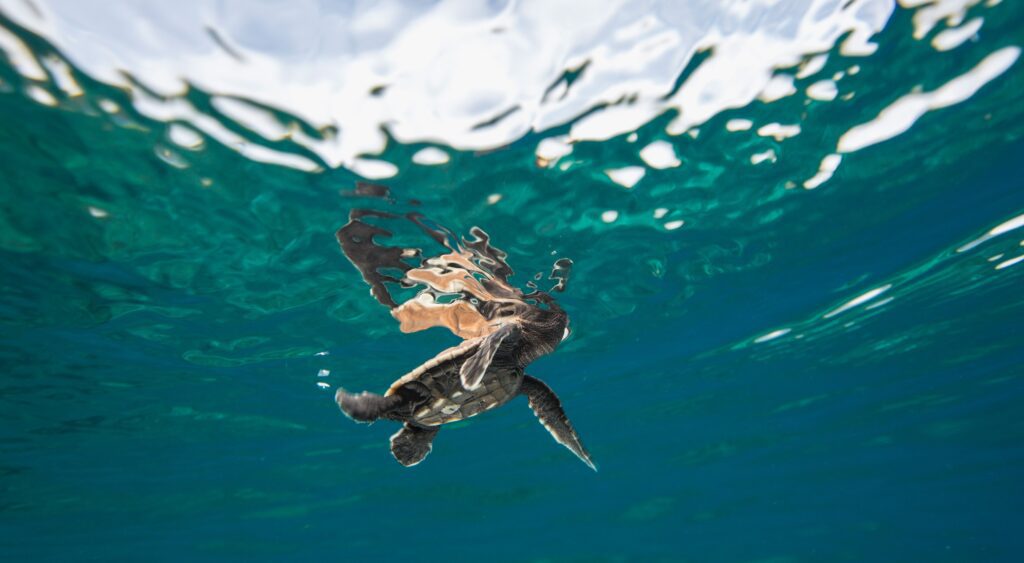Sea turtles, ancient creatures dating back over 100 million years, are facing numerous threats that have drastically reduced their populations. Conservation efforts across oceans are crucial in protecting these endangered species. Threats include plastic pollution, climate change, coastal development, illegal poaching, and bycatch in fishing nets. Conservation efforts such as nesting beach protection, reducing plastic pollution, implementing fishing regulations, and education and awareness campaigns are essential to help save sea turtles. Success stories from Costa Rica and Australia highlight how strict conservation measures have led to increased sea turtle populations. It is vital to take action to protect these magnificent creatures for a brighter future.
Saving the Sea Turtles: Conservation Efforts Across Oceans
Introduction
Sea turtles are one of the most ancient creatures on Earth, dating back over 100 million years. However, in recent decades, these magnificent creatures have faced numerous threats that have drastically reduced their populations. From plastic pollution to accidental capture in fishing nets, sea turtles are facing a battle for survival. Conservation efforts across oceans are crucial to protecting these endangered species and ensuring their future.
The Threats Facing Sea Turtles
There are several threats facing sea turtles today, including:
- Plastic pollution
- Climate change
- Coastal development
- Illegal poaching
- Bycatch in fishing nets
These threats have led to a significant decline in sea turtle populations worldwide, with some species facing the risk of extinction if action is not taken.
Conservation Efforts
1. Nesting Beach Protection
One of the most crucial conservation efforts for sea turtles is protecting their nesting beaches. Many sea turtle species return to the same beaches year after year to lay their eggs. By protecting these nesting sites from pollution, development, and human disturbances, we can help ensure the survival of future generations of sea turtles.
2. Reduce Plastic Pollution
Plastic pollution is a major threat to sea turtles, as they often mistake plastic bags and other debris for food. By reducing our plastic use and properly disposing of trash, we can help keep our oceans clean and safe for sea turtles and other marine life.
3. Fishing Regulations
Bycatch in fishing nets is a significant threat to sea turtles, particularly in areas where trawling is common. By implementing strict fishing regulations and using turtle-excluder devices in fishing nets, we can reduce the number of sea turtles accidentally caught and killed in fishing operations.
4. Education and Awareness
Educating the public about the importance of sea turtles and the threats they face is essential for their conservation. By raising awareness and promoting responsible tourism practices, we can help protect sea turtles and their habitats for future generations.
Success Stories
Despite the numerous threats facing sea turtles, there have been many successful conservation efforts that have helped increase their populations. For example, in Costa Rica, the Tortuguero National Park has implemented strict nesting beach protection measures that have led to a significant increase in sea turtle populations. In Australia, the Great Barrier Reef Marine Park Authority has implemented fishing regulations that have reduced the number of sea turtles caught in fishing nets.
Conclusion
Sea turtles are vital to the health of our oceans, and it is essential that we take action to protect these magnificent creatures. From reducing plastic pollution to implementing fishing regulations, there are many ways we can help save the sea turtles. By working together and raising awareness about the threats facing sea turtles, we can ensure a brighter future for these ancient and endangered species.
